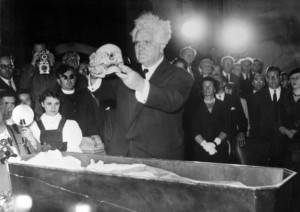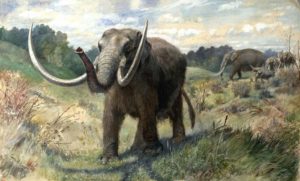Covid-19 has killed and sickened hundreds of thousands of people, and transformed our economy, how we work, and how we relate to each other. Even in the midst of this world-historic crisis, though, people deny it. Conspiracy theorists and naysayers claim covid is a hoax, and others refuse to get vaccinated for a variety of pseudoscientific reasons. This denialism isn’t new. During past crisis, such as the AIDS pandemic, plenty of conspiracy theorists claimed that it wasn’t real, or that HIV didn’t cause AIDS, and vaccine denialism has a long, horrible pedigree. Sara and Jack Gorman are the authors of Denying to the Grave, which gets into why unscientific ideas get so popular, and how we can more effectively engage with people who don’t engage with facts or evidence, even when it’s all around them.
Podcast: Play in new window | Download
Subscribe: RSS




